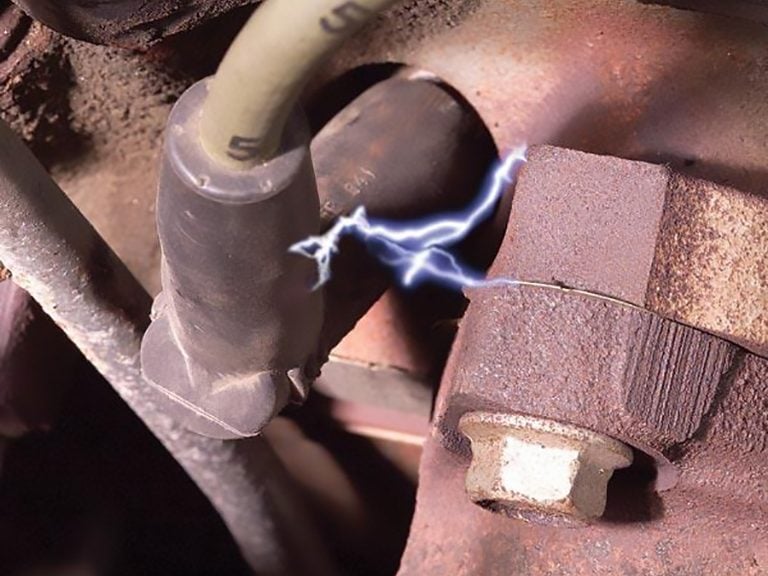
Do Spark Plug Wires Wear Out?
Do spark plug wires wear out? You bet. That’s because spark plug wires aren’t actually made of wire. They’re made of delicate carbon fibres. Over time, the carbon breaks down and the fibres separate, causing high electrical resistance. High resistance degrades the spark, resulting in poor combustion, misfires, lousy gas mileage and ultimately a glowing “Check Engine” light. If you let that condition go on too long, the wires can start to leak voltage to nearby engine parts, causing arcing, severe performance problems, and even ignition component failures.
That’s why it pays to replace your spark plug wires before they wear out.We recommend changing them during spark plug changes (whenever your owner’s manual recommends, or between 100,000 and 160,000 kilometres). Here, we’ll show you which materials and tools you’ll need and all the steps required to do a quality job of your own. You’ll save at least an hour of shop labour charges and ensure that you won’t be in for the costly diagnostic fees associated with worn spark plug wires. The whole job is pretty easy and will only take about an hour.
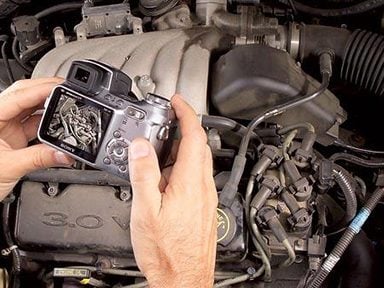
Step 1: Record Wire Locations
Before you start the job, use a digital camera to record how the wires attach to the coil/distributor/coil pack and the path they take to each plug. Notice how each wire wraps around the others and how they are arranged in the plastic retaining clips. They’re arranged that way for a reason: to prevent cross-firing and interference with other engine sensors. So be sure to put them back in the same manner.
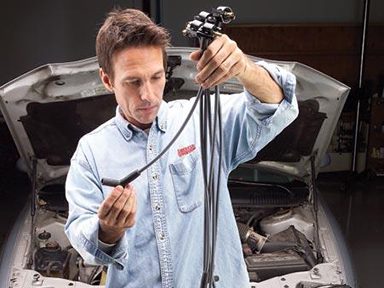
Step 2: Arrange the Wires
Uncoil the new spark plug wires and sort them by length. When you’re at the auto parts store, we recommend that you buy a premium set of wires. The economy wire set we looked at didn’t match the factory connectors, and the individual wires were either too long or too short for our vehicle. The premium set carried a lifetime warranty; the economy set, only two years.
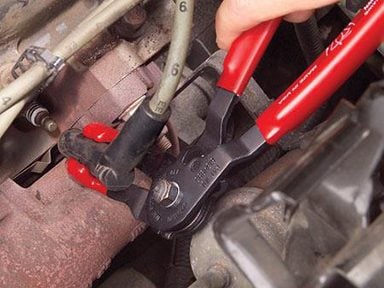
Step 3: Remove the Boot
Next, invest in a spark plug wire puller tool. A wire puller tool makes removal much easier and saves a lot of busted knuckles. To use it, simply grasp the boot with the rounded jaws, rotate left and right, then pull straight out. This is a tool that’s worth the investment. Using the wire puller, twist the boot to break the seal from the plug and then pull off the old plug. Match the old wire length to the new wire.
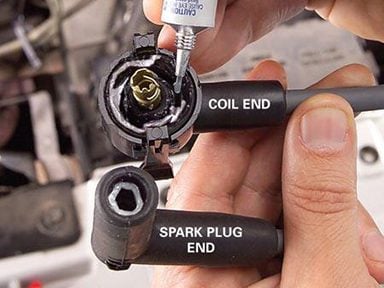
Step 4: Add Grease
Some manufacturers precoat the insides of the plug and coil/distributor boots with dielectric silicone grease. The grease prevents the boots from sticking to the plug or coil/distributor. It also provides an additional layer of insulation to prevent voltage from traveling down the inside of the boot. If your set isn’t precoated, purchase a small tube of silicone grease and run a bead around the inside of each boot. Apply dielectric grease to both the plug and the coil/distributor end of each wire. Route the wire and press it onto the plug/coil tower until it clicks.
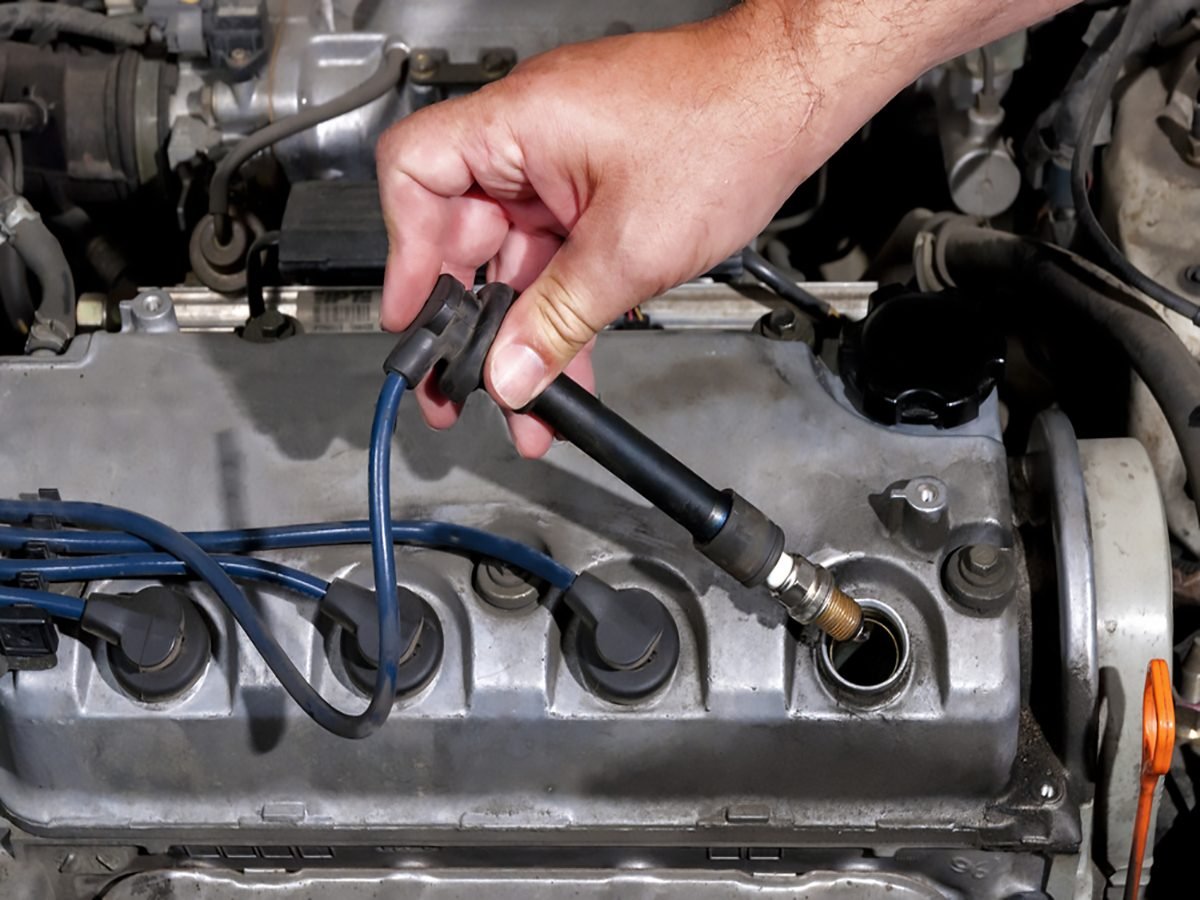
Step 5: Replace the Wires
Remove one old wire at a time and match it to a replacement wire of the same length. Route the new wire and push the boot onto the plug or coil/distributor until you feel it click. Repeat the procedure for each wire.
Check out more do-it-yourself car maintenance tips!
Explore Reader’s Digest Cars.